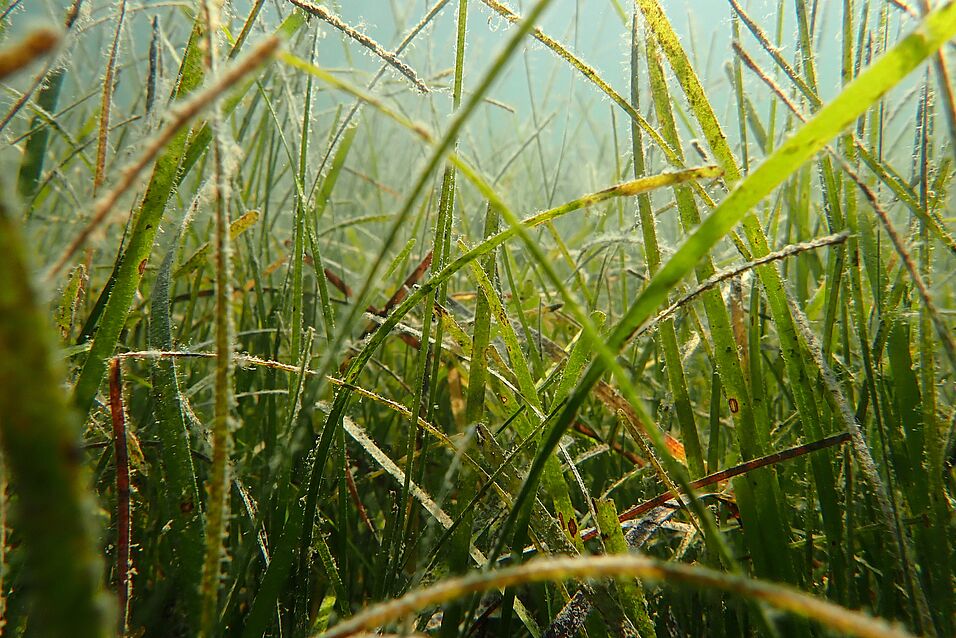One of the main challenges these marine flowering plants faced during their evolution back into the sea millions of years ago, and one that global change is currently intensifying, is toxic sulfide accumulation around their roots, produced by microorganisms. Like on land, marine plants associate with specific communities of microorganisms, but much less is known about their roles in the health and evolution of their hosts. Intriguingly, one group of microorganisms, Sedimenticolaceae, is virtually ubiquitous in molecular surveys of sea- and saltmarsh grass roots, and is often enriched in root vs rhizosphere or sediment. Their known relatives are beneficial sulfide-oxidizing, nitrogen-fixing symbionts of marine animals, however, their function in sea- and saltmarsh grasses is unknown. SeaSym’s central goal is to reveal the biodiversity and functional roles of widespread symbioses with Sedimenticolaceae, to understand the ecological networks in which they function and evolve, and to understand how global change could shift their future functioning. SeaSym will use established and novel tools to understand symbiont diversity, function and dispersal, in the context of natural yet complex plant-associated microbial communities. My overarching hypothesis is that Sedimenticolaceae is a widespread symbiont of sea- and saltmarsh grasses, directly influencing host health and shaping element cycling in coastal ecosystems. Just as diverse land plants rely on symbioses with Rhizobia for nitrogen, I propose that diverse marine plants rely on Sedimenticolaceae that provide nitrogen whilst removing toxic sulfide. If so, this so far largely overlooked symbiosis could be one of the most important in terms of current ecological and past evolutionary significance.


